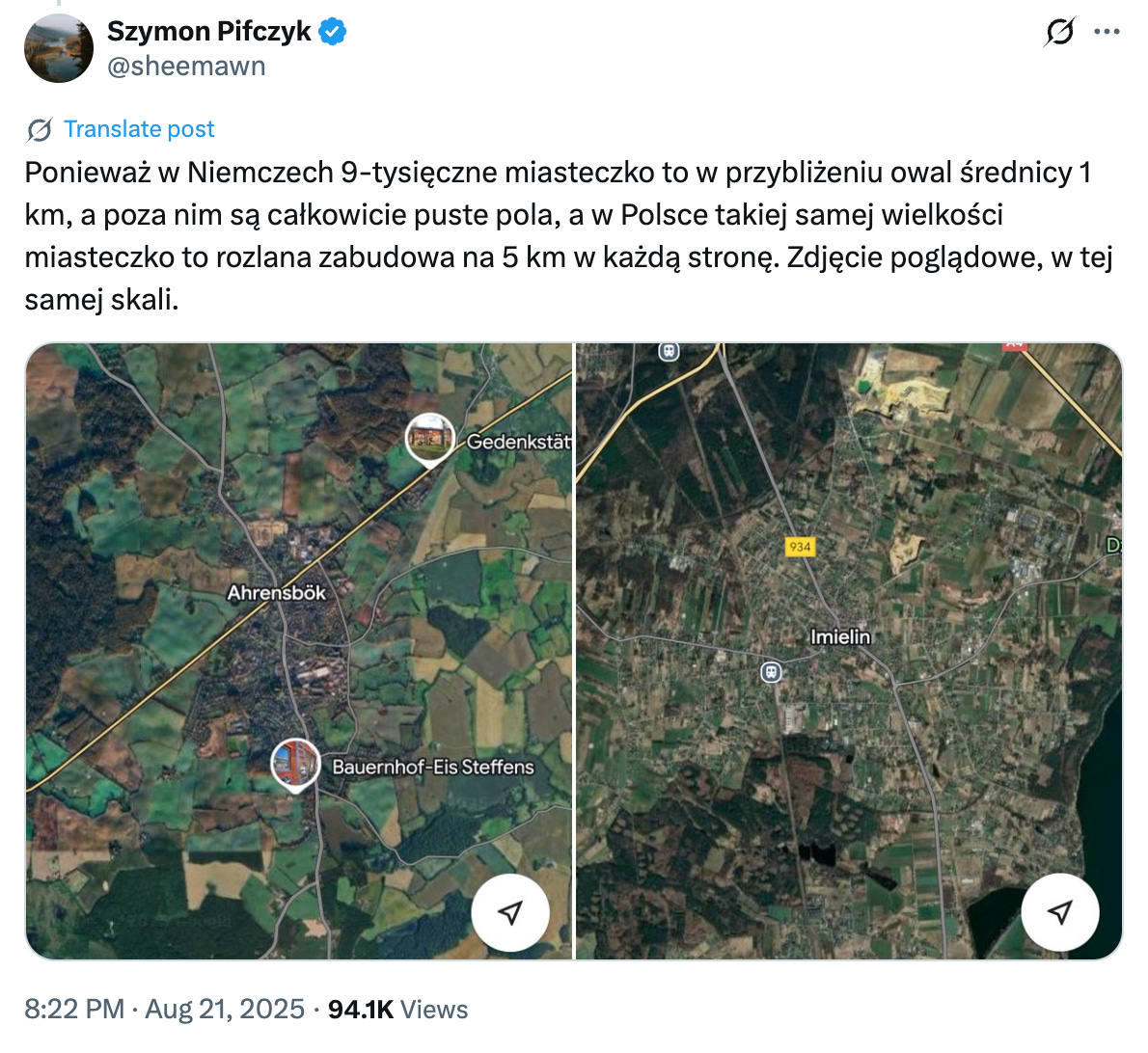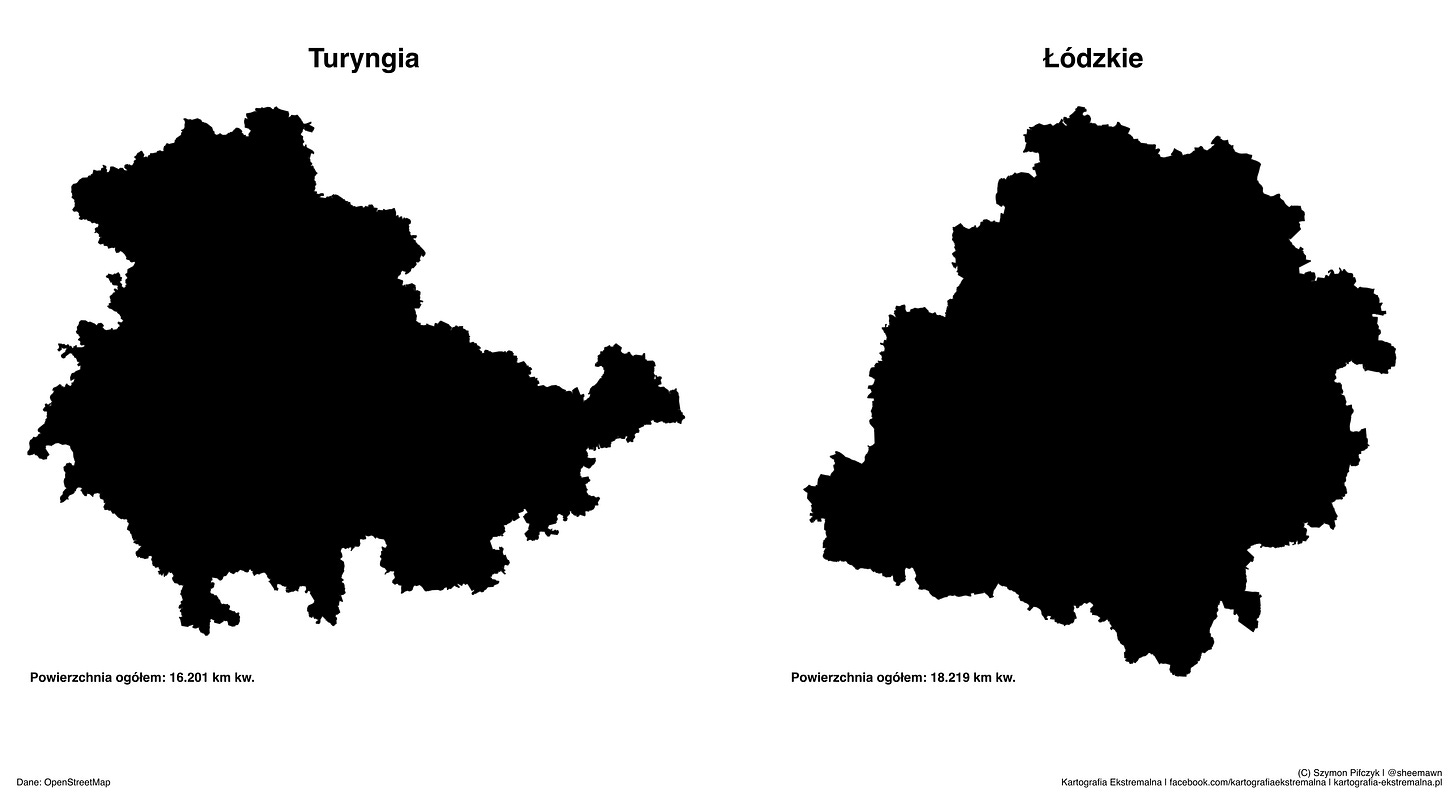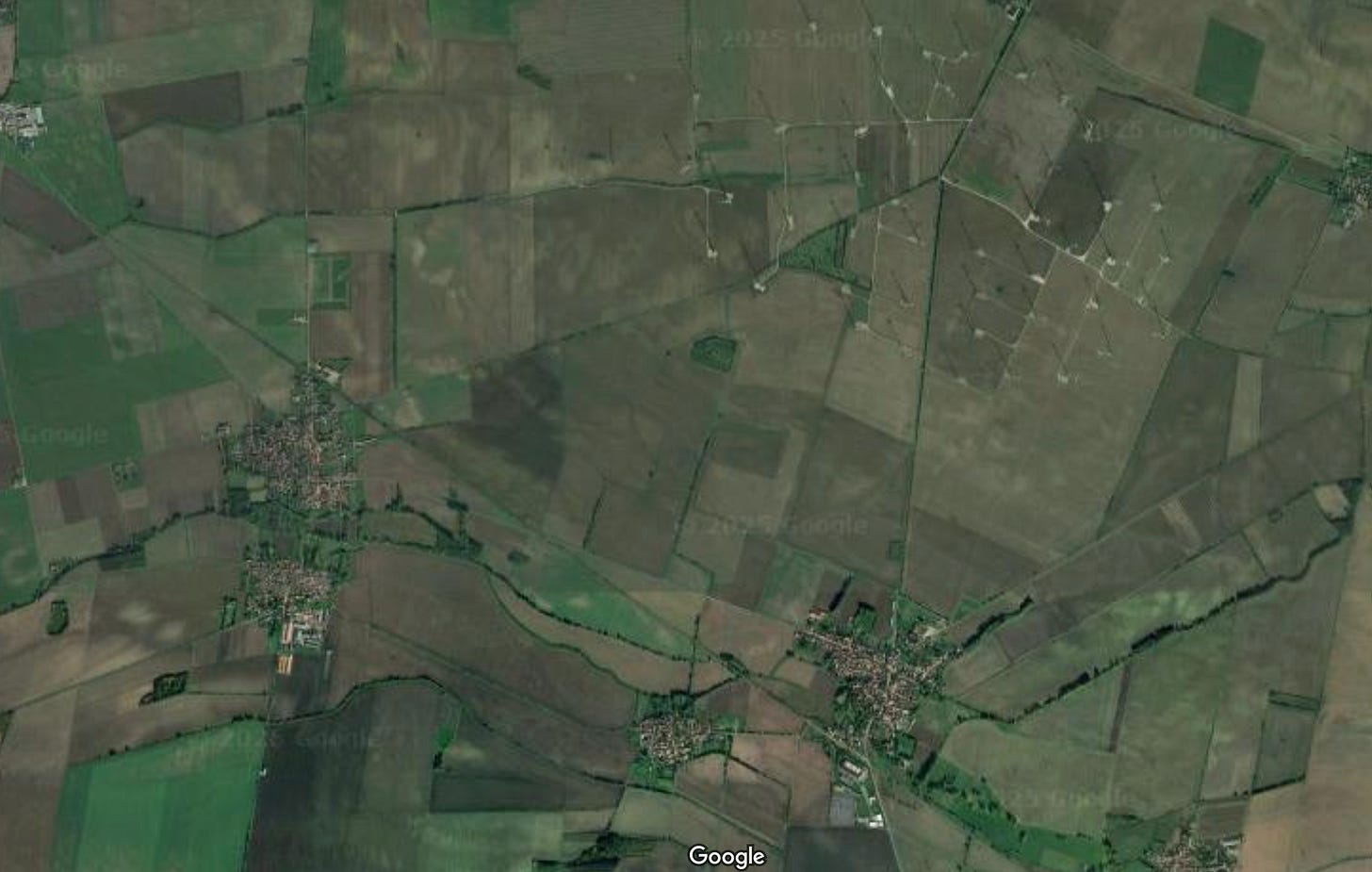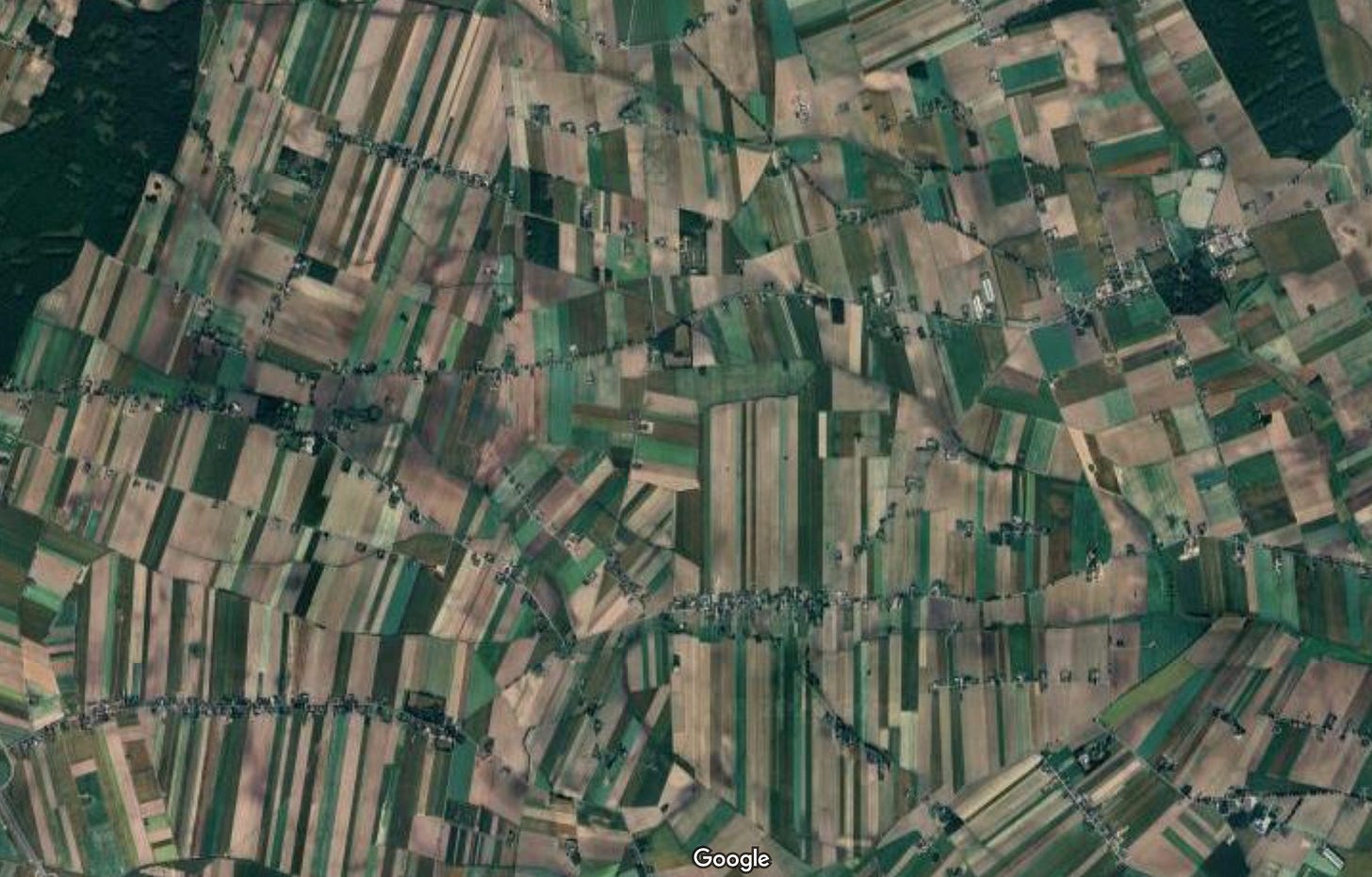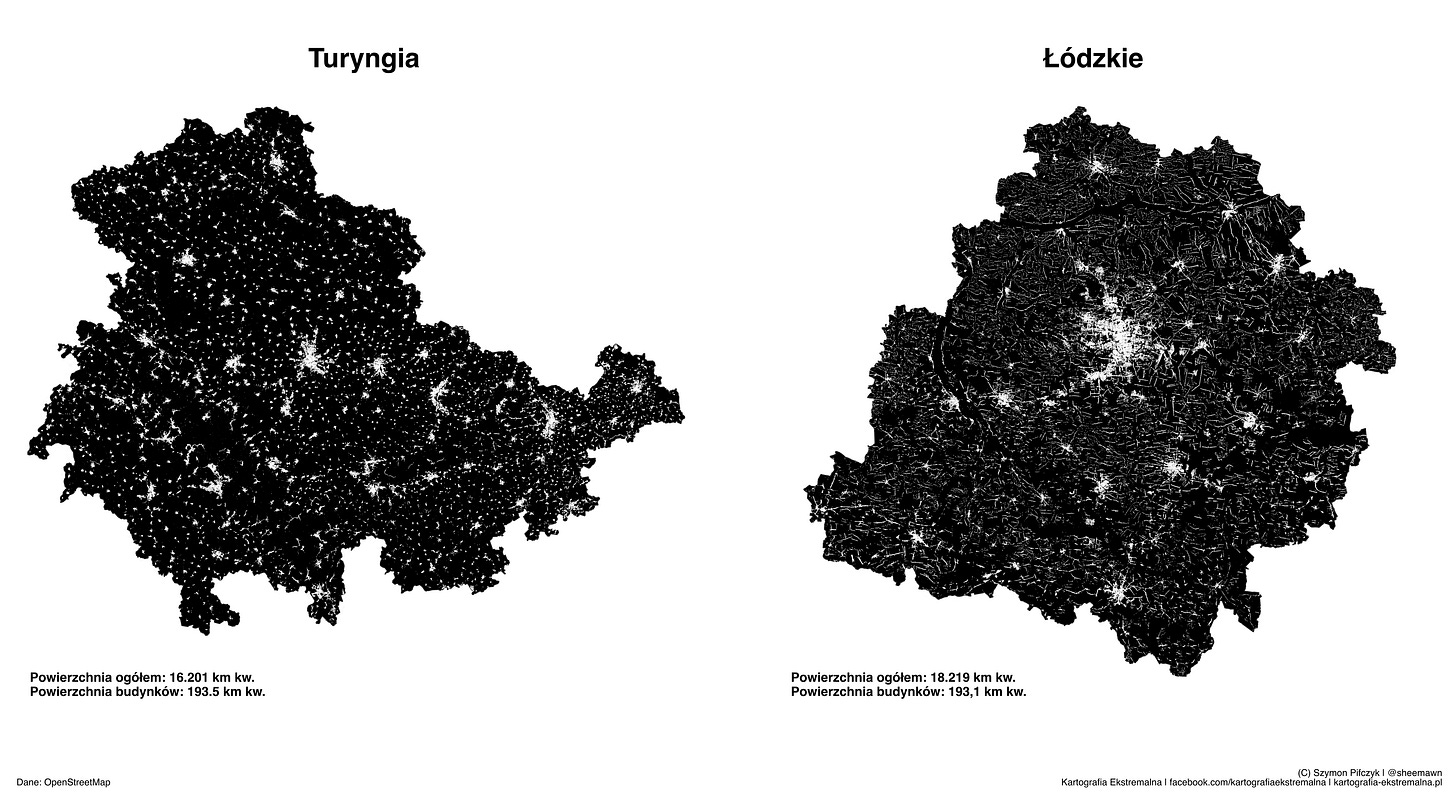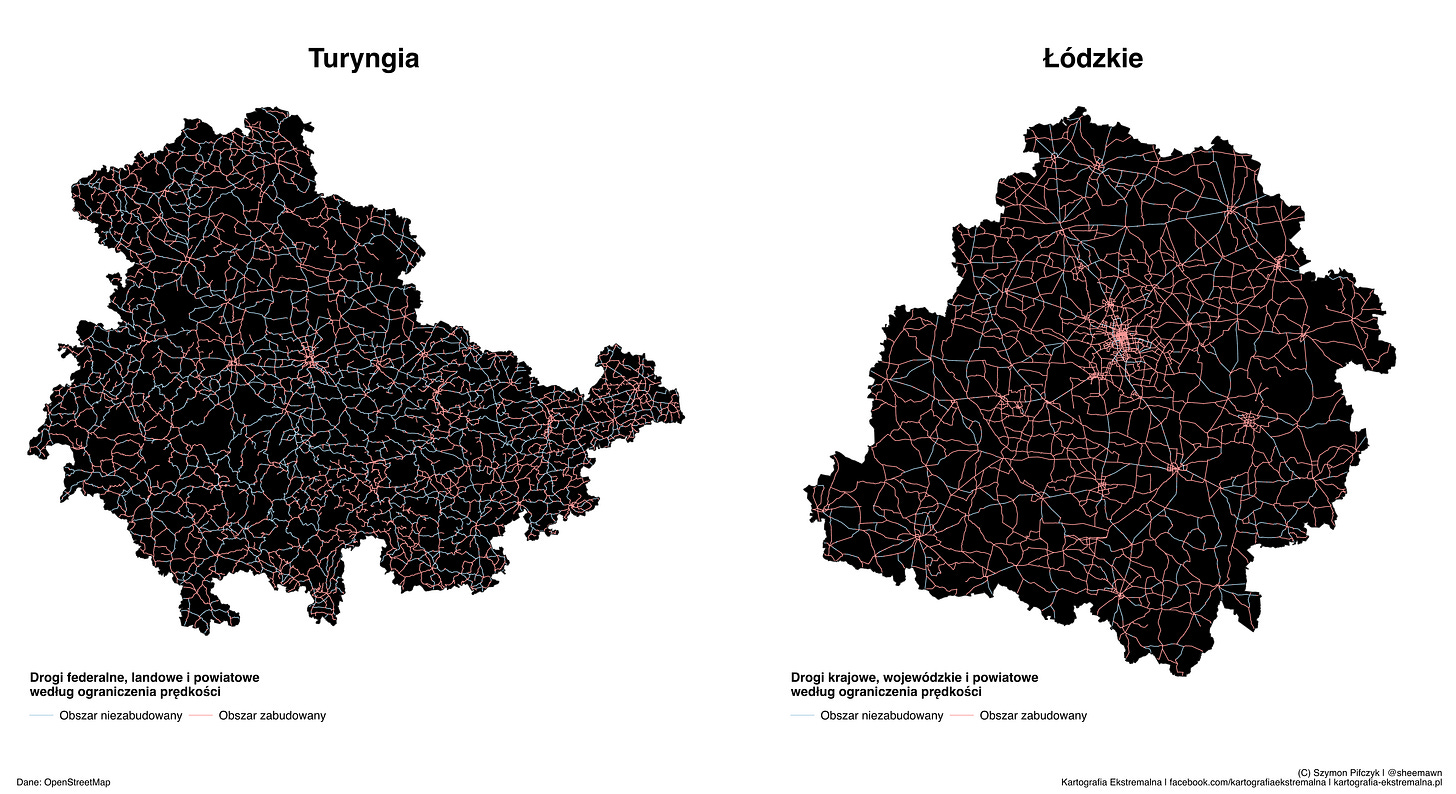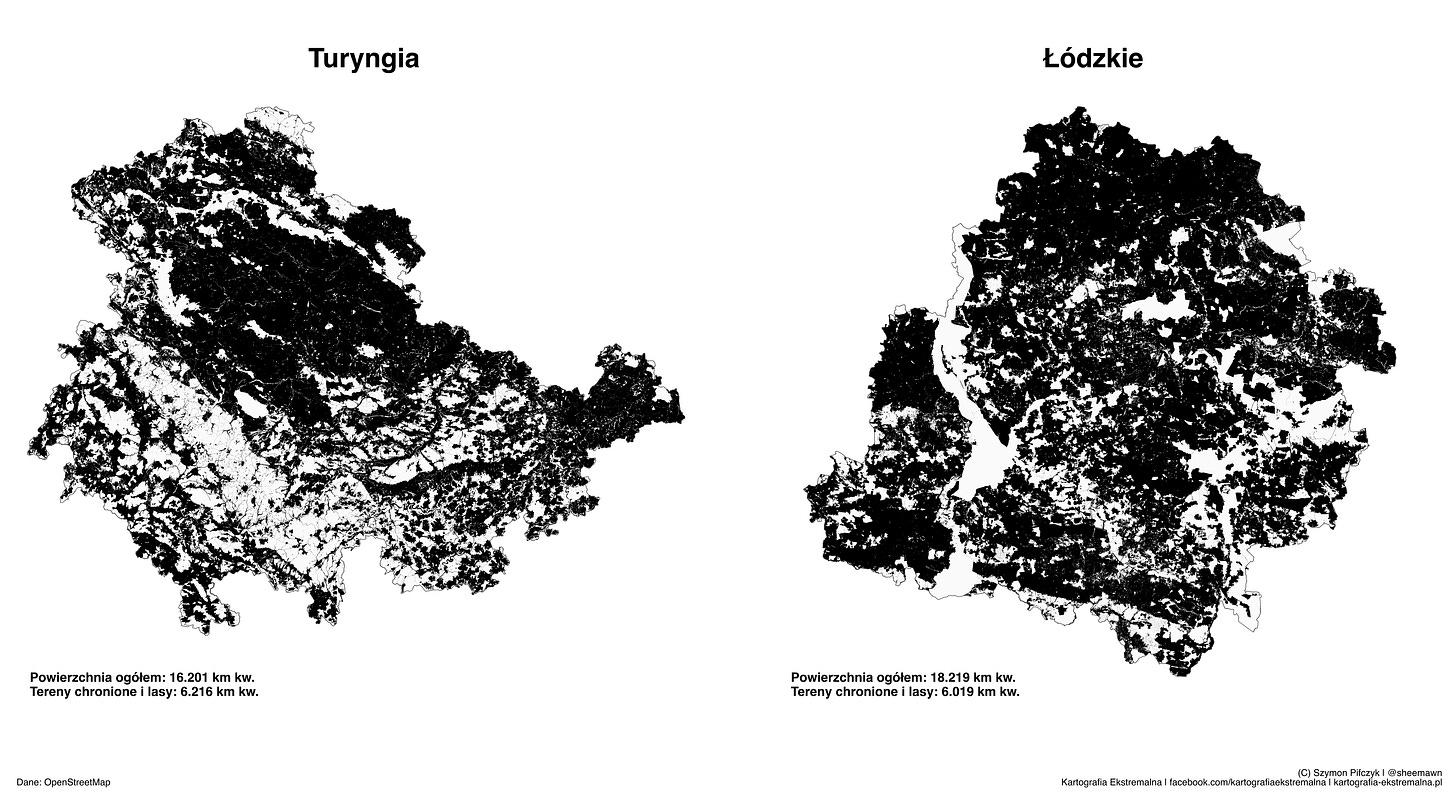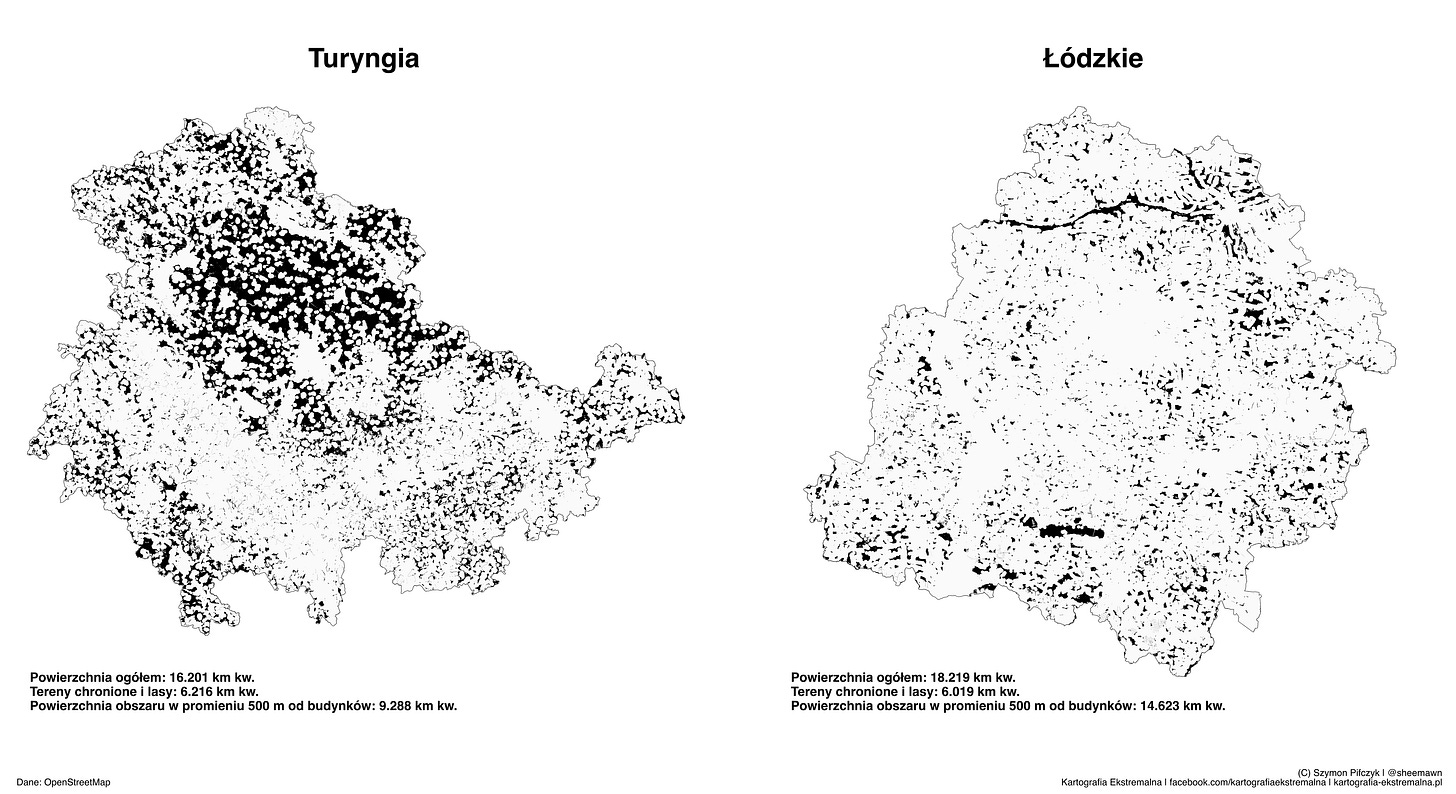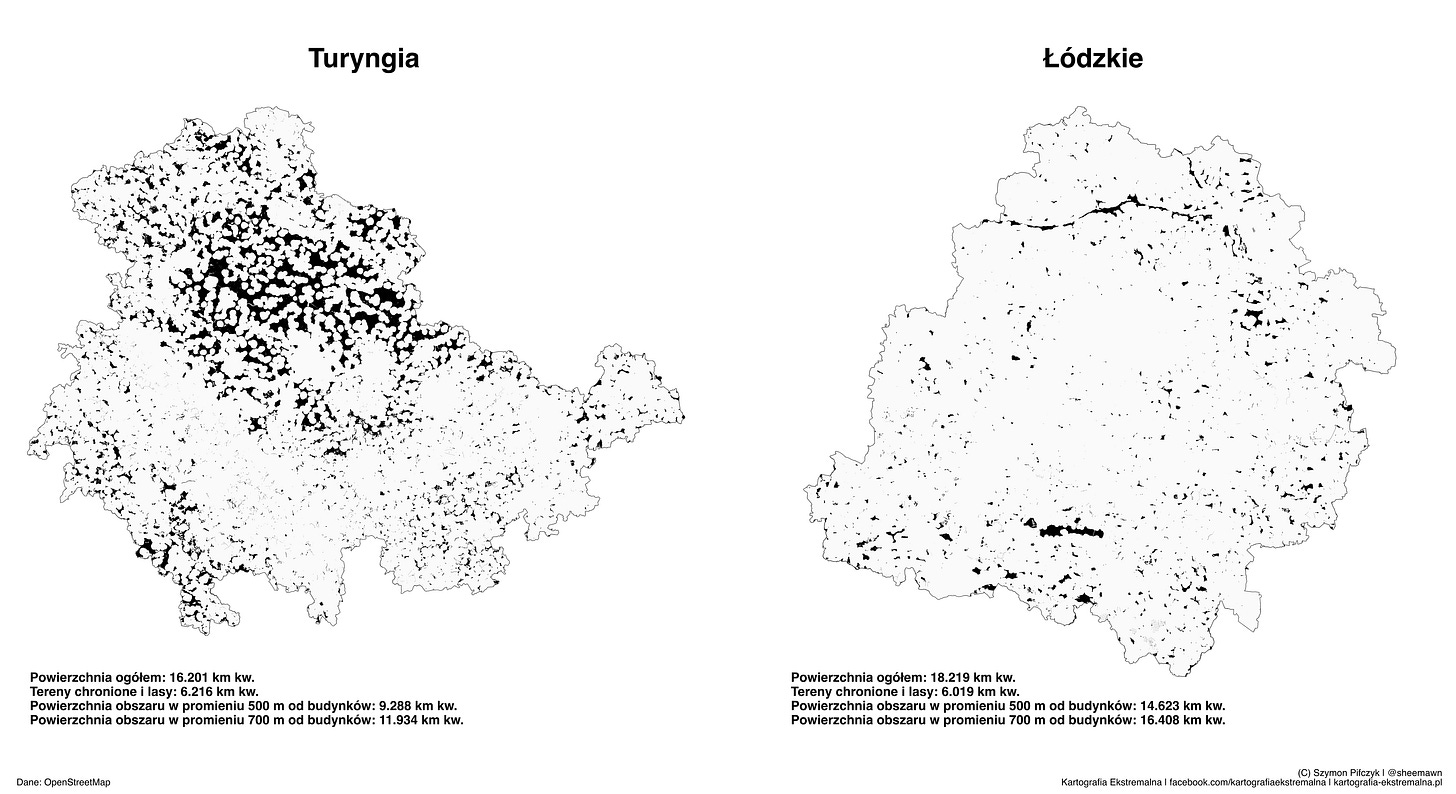President Nawrocki vetoed a fresh windmill bill, which was to, among another things, let municipalities to voluntarily reduce the minimum distance of wind turbines from buildings from the current 700 metres to 500 metres. Much has been written about how bad this decision is — especially in the context of the president’s earlier promises that, 100 days after the presidency, it will cut electricity bills by 30%. I constantly recommend, for example, Podcast Electrification of Jakub Wiech, in which Last episode the lead deals with the illogical and false arguments of the President.
But this subject on the net has sparked a wider discussion. Why is it even essential to reduce the minimum distance? Many commentators, peculiarly on the right, note that in another countries like Germany, this minimum distance is higher (which is not entirely true, but let's skip it already). Alone on the fast X portal I said 1 individual asking this question is an example:
Of course, this did not convince urban and German planners. For example, I learned that Imielin is simply a mountain area (in fact it is flat as Kansas plateau) or that Imielin lies close to large cities, and Ahrensboek is not (I answered with the other example, i.e. the suburb of Berlin v. the mediate of nothing in Central Poland and in consequence I read that the volkslist is already waiting).
So let's effort to show it on a somewhat larger example. Let us compare on the 1 hand Łódź Voivodeship in Poland and Thuringia Land on the other. These units are rather similar: Łódź is about 12% larger, but besides 12% more populous, making the population density in both units almost identical (at least higher in Thuringia).
But if we look at the area built in both regions, we will see a crucial difference in what it looks like. In Thuringia we have typical urban planning for Germany, Hungary, Slovakia or the Czech Republic: clusters of buildings (localities) surrounded by completely uninhabited areas (fields and forests) until the next village. On the satellite image below, on the right is simply a windmill farm, located little than a kilometer from the nearest buildings, due to the fact that there were just over 2 kilometres of completely undeveloped space between the 2 towns.
In Łódź, for a change, we have a typical Polish building — just chaos. The houses are everywhere — there are no clusters, which makes it hard to find a larger area that is not built.
These examples above are not specially selected. If we make a map of buildings in both regions, we will see that specified a kind of construction is typical of the full land or province.
Łódź is simply a comparatively low population density, especially if we subtract Łódź itself — an endless area built up. In Thuringia, we drive in a car to the village, after 300 meters we leave it and then we have a 1-2 km area completely undeveloped until the next village. This is seen on the next map — national, provincial, and region roads (and their German counterparts) colored according to velocity limits. I urge you zoom in on this map. We will see that tiny towns in Thuringia do not have bypasses, but the passage through them is rapid, due to the fact that they are concentrated, so the limitation to 50 km/h applies for just a fewer 100 meters to return to 90 km/h. In Łódź for a change, you almost never leave the built-up area.
Yes, any of this chaos stems from another settlement history. But it is not so that the II of the Republic of Poland, the Polish People's Republic (although this at least minimally civilised the construction in the territory cities), and already especially the III of the Republic of Poland have done anything to overcome this chaos. On the contrary (and I wrote about it Before), the fresh building is created without order and composition around all major and smaller cities, expanding costs.
Many people confronted with this fact answer that I think I want everyone to live in caged farming, and they like a home with a garden. But it's a fake dichotomy. Firstly, in Poland you can live as much as possible in a block (“cage farm”) and at the same time in a chaotic, unserviced area. An outstanding example is here Horse elder House. But even if you don't get distant with it, it's not like the Germans live in their chests. Germany has average larger dwellingsAnd in these villages in Thuringia, there are no blocks, but single-family houses. The difference is that Helmut has Erich's neighbour behind the fence, while Janusz has vulcanization behind the fence, and the logistics center on the another hand.
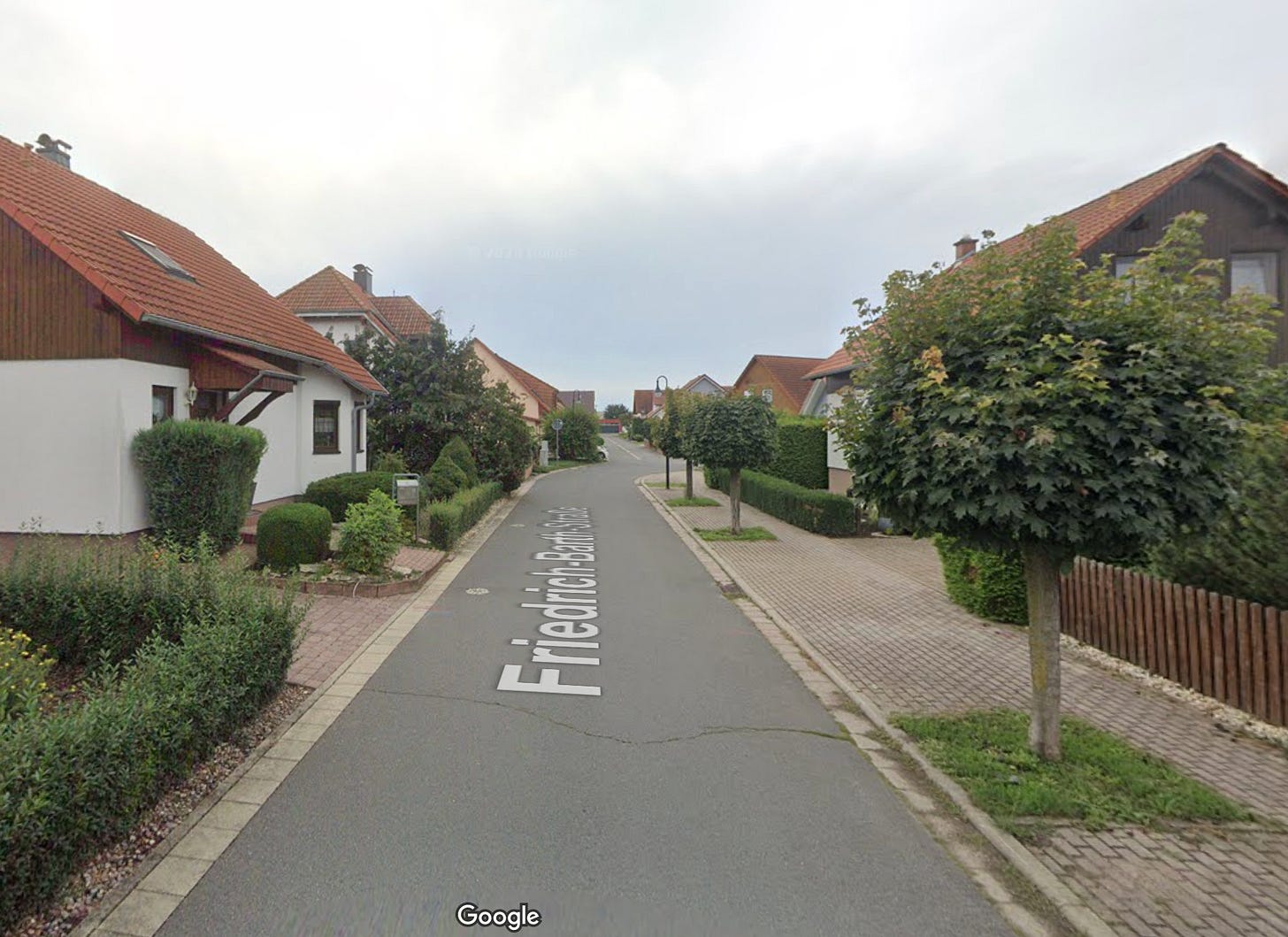
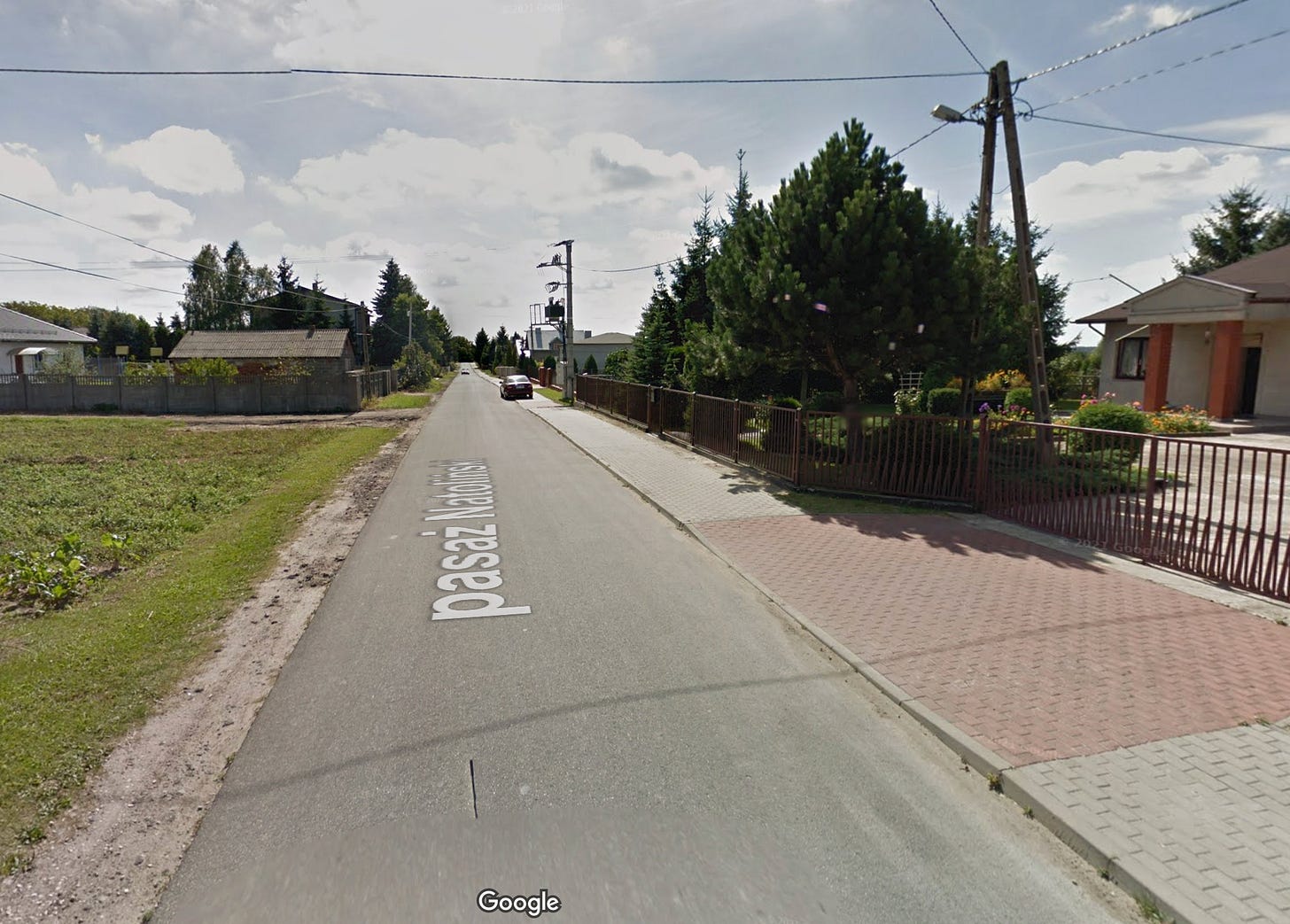
But wait, how does that translate into windmills? In a simple way. Let's go back to the maps of both regions and in a fewer steps let's show where you can build windmills. Let us begin by separating protected areas and forests from both regions, where windmills cannot be built.
In both cases, areas protected in different ways account for about 1/3 of the region's area (some more in Thuringia). But there's plenty of area left. But now we gotta subtract areas close to the buildings. And here's the dog buried. If we don't want to build windmills within 500 meters of the buildings1, in Łódź (because of the spatial chaos discussed here) we deprive ourselves of practically the full area of the region! Within a radius of 500 metres of the buildings lies over 80% of the Łódź area, and, by the addition of protected areas, the available area falls below 5%. In Thuringia, black spots are much more visible.
And this is the buffer 500 metres from the buildings — the 1 that the president vetoed. If we increase this buffer to 700 metres in force now, in Łódź for the construction of windmills there are fundamentally only areas of the discovery of the Bełchatów mine (but it is known that they cannot be built there) and the Bzura valley (there they would alternatively be protested). In Thuringia for a change we have about 10-15% of the land area to manage.
That is the reason why we cannot look at another countries in this respect. In another countries, there is no chaos that we have given ourselves with an approach of sacred property law or “freedom”. This approach will now burden Poland for the following centuries: paralyzing attempts to organize public transport, locking old people in their homes, causing dramas of children who, in the realities of the demographic crisis, will should be transported after respective kilometres to school and so on.
What's already broken, we can't fix it. But if you live in a suburban municipality, you should be curious in local spatial planning and see if, as in most Polish municipalities, they presume an optimistic multiplication of the population.
If this entry gives you any knowledge, consider becoming our subscriber. We besides encourage you to subscribe to a paid subscription that gives access to even more interesting materials.
As a substance of fact, I should limit this to residential buildings, but unfortunately there is no database that would let specified a restriction. However, this should not change matters significantly, for in agrarian areas — and mostly windmills will be built there — almost the full building is residential.

